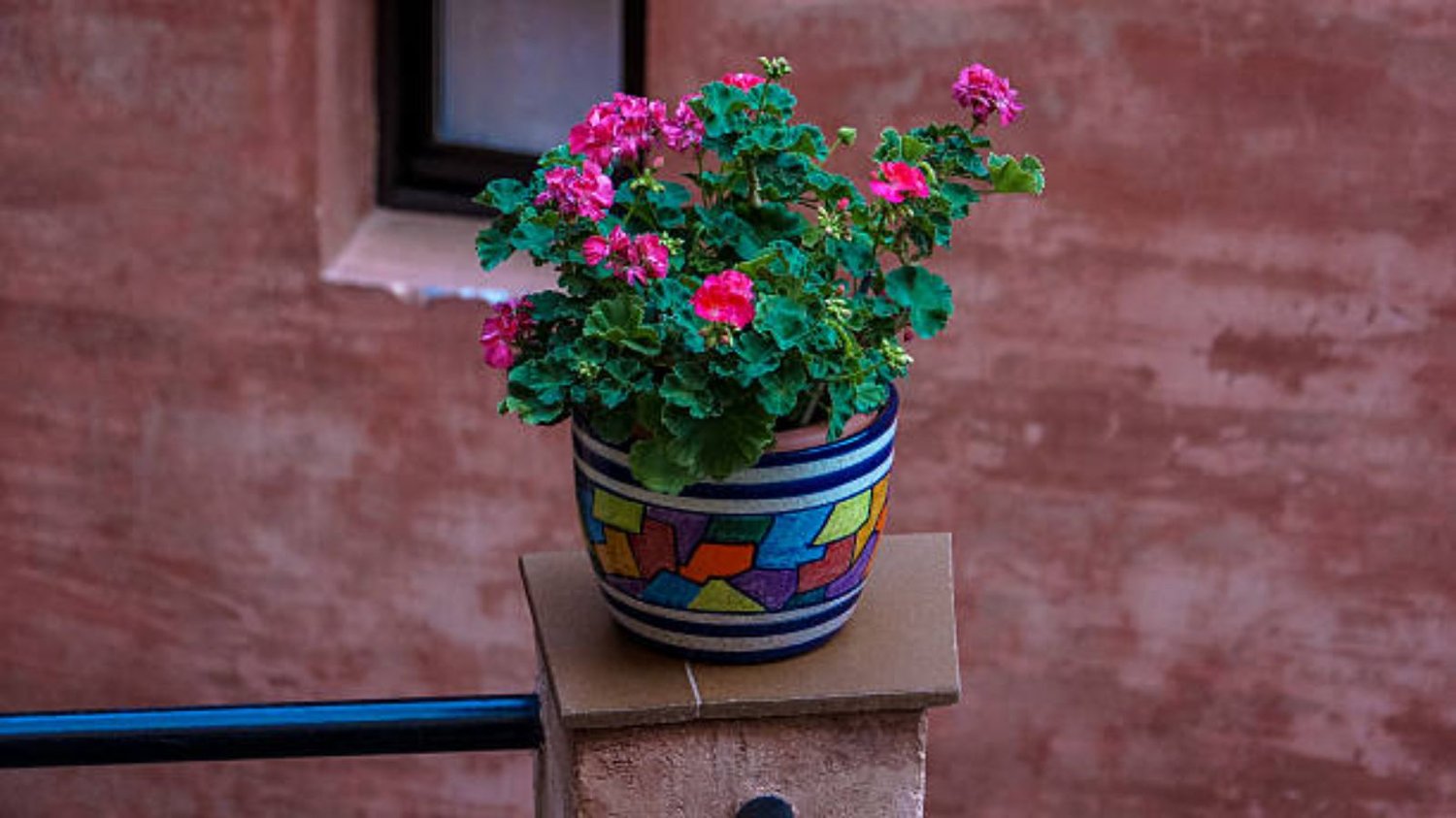Introduction
Flower pots serve as an essential accessory for every garden and home. They make the house look more elegant and vibrant by complementing the surrounding decor. However, selecting the right material to make your flower pots can be a daunting task. In this comprehensive guide, we will delve into the best cement for flower pots.
1. What is cement?
Cement is a binding material made of clay, limestone, and other natural materials. It is mixed with water and sand to form a strong glue-like substance used for construction and other projects.
2. What types of cement can you use for flower pots?
The two primary types of cement used for flower pots are Portland cement and hypertufa cement. Portland cement is typically used for larger projects such as constructing buildings, bridges, and other infrastructures. Hypertufa cement, on the other hand, is specially formulated for creating smaller artistic projects such as flower pots and garden accessories.
3. Benefits of using cement for flower pots
Cement is a preferred material for flower pots because of its strength, durability, and versatility in design. It can be easily molded into various shapes and sizes to complement any garden or outdoor setting. The material is also resistant to weather conditions, pests, and other environmental factors that can damage the pot over time.
4. How to make flower pots out of cement
To make flower pots from cement, you need to mix the cement with water, sand, and other additives to create a smooth paste. The paste is then poured into a mold or shaped by hand to form the desired pot shape. Once the pot dries, it can be painted, coated, and decorated to match your garden decor.
5. How to maintain cement flower pots
To ensure the longevity of your cement flower pots, you need to keep them clean, remove debris, and avoid harsh chemicals or cleaning agents. You should also protect the pots from extreme temperatures, which can cause the cement to crack and deteriorate over time. Consider adding a layer of protective sealer to the pot to enhance its durability and resistance to moisture.
6. Cost of cement flower pots
The cost of cement flower pots varies depending on the size, design, and type of cement used. Portland cement pots tend to be more expensive than hypertufa cement pots because they require a higher quality of materials and specific manufacturing processes. However, the price difference is often negligible and shouldn't affect your decision when selecting the right cement for your flower pots.
7. Where to find cement flower pots
Cement flower pots are widely available in hardware stores, nurseries, and garden centers. They also come in various designs, colors, and sizes to match your outdoor setting. Consider purchasing your cement flower pots from online stores, which offer a wider selection at a lower cost.
8. Popular cement flower pot designs
Cement flower pots come in various designs, including classic round pots, square pots, pedestal pots, and hanging baskets. Consider selecting a pot design that complements your garden decor and allows your plants to thrive.
9. Tips for selecting the best cement for flower pots
When selecting the best cement for your flower pots, consider the durability, strength, and design versatility of the cement. Portland Cement works well for larger projects, while hypertufa cement is best suited for smaller decorative projects. Also, consider the amount of wear and tear the pots will face and choose a cement that can withstand that pressure.
10. Conclusion
Selecting the best cement for flower pots is crucial for ensuring the longevity and elegance of your garden decor. Consider the benefits, cost, design versatility, and maintenance requirements when making your decision. Also, remember to purchase your cement flower pots from reliable and reputable suppliers to ensure quality and value.

